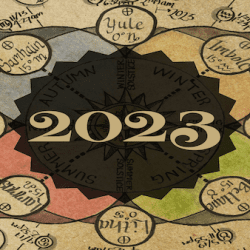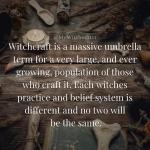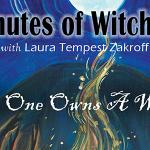Recently, I was led through a meditation to find a word that would define my spiritual work in the coming months. The word that I was eventually led to was “Peace.” I usually “see” words in my mind rather than hear them, so when “Peace” appeared I initially couldn’t read it because it was written backwards. The word appeared as a jumble of letters to be unscrambled, or so I thought. However, after sitting with the image for a few moments, I understood that I was simply viewing the word from behind.
“Why would ‘Peace’ be written backwards,” I thought. “Is this an omen for a lack of peace?” But that didn’t feel right either. It eventually dawned on me that I’m being called to change my literal and figurative perspectives of “Peace.” Right now, I may have to work backwards to experience peace, meaning I need to shift my relationship to it.
Peaceful Metaphors

Peace is often talked about like a zenith of achievement or an endpoint. Like, once we get there – to peace – then we’re done, right? But what if we chose to see peace as a fluctuating state of being rather than a point of terminal transcendence? Peace is temporary, like contentment, and can easily be dashed. I imagine peace is like a boat constantly trying to right itself in a tumultuous sea. If the boat isn’t built well enough or if the sea is too eager to consume it then the boat will sink. So how do we fortify ourselves against tumult?
The word “fort” is the root word of “fortification”, meaning “to defend or strengthen against attack.” But, as history has shown us, even the world’s greatest forts have fallen to outside attack. Every fort has its weak points, usually unknown until its too late. If we continue with this metaphor then we also know that we can learn from the mistake of improper fortification. It’s worth examining if the attack came from outside the fort or inside it. Are we guarding against others or ourselves in trying to maintain peace? Perhaps both. But notice I said maintain peace, not attain peace. Maintenance is a continuous process, while attainment implies permanence.
The Unsinkable is Possible
The sinking of the Titanic in 1912 is an excellent example of what happens when we place hubris above practicality. More than 1,500 people drowned following the sinking of the ocean liner previously touted as “unsinkable.” We humans are not unsinkable. We are easily disrupted, shaken, disturbed, angered, grief-stricken, offended, and overwhelmed. It is our nature to be flat-footed because we are imperfect and impermanent. If our peace is so easily penetrable then have we truly achieved it? If our peace is so easily disrupted then is true peace actually achievable? Or is peace a honed skill we gain through experience with discomfort and unrest?
There are many people in this world who are easily “triggered”, as people say. Triggered folks are not peaceful folks. Either that, or their foundations of peace are cracked and crumbling. And all the structures they’ve built upon a cracked foundation of perceived peace will fall. People aren’t meant to spend all their time on the offense. Doing so will lead to emotional burnout. And once we’re in burnout mode, it’s exceptionally difficult to restore any level of peace if we’re constantly fending off harm or perceived or real attacks.
Peace Follows Discomfort

Witchcraft is not a practice or path for people with weak foundations. Why do we think so many beginner books have entire sections dedicated to grounding and shielding? Because the point is to built a solid foundation in guarding against spiritual and emotional unrest. But it’s not like we ground or shield just once and we’re good forever, right? No. Being properly grounded and shielded requires frequent maintenance on our parts.
So, how do we work backwards toward peace? How can we shift our perspective of what we think peace is? Well, it seems to me that the times I feel most at peace are after a good night’s rest or after good sex. Peace appears to follow periods of intense physical or emotional work. And think about how we talk about our dead, too: “They are at peace.” We recognize that life is not peaceful, but being alive isn’t a permanent state. At peace. Like they reached “it”, the Peace Palace.
Discomfort may be the key ingredient in striving toward peace. Life is uncomfortable, and we cannot feel comfort if we have never felt discomfort. We cannot feel peace if we have never felt agitation or distress. And my concept of peace will differ from yours.
Let us work backward toward peace. I invite you to embrace discomfort. I invite you to take a risk and be vulnerable with someone. Dare to be daring. Rebel against conflict avoidance. Be part of the reason why your life has moments of disruption but also why your life has periods of tranquility. We cannot control how others interfere with our lives but we can control how we react to their interference.
You are your own peacekeeper.
Follow me on Instagram @thegardnerianlibrarian
Follow me on Twitter @gardlibrarian


















